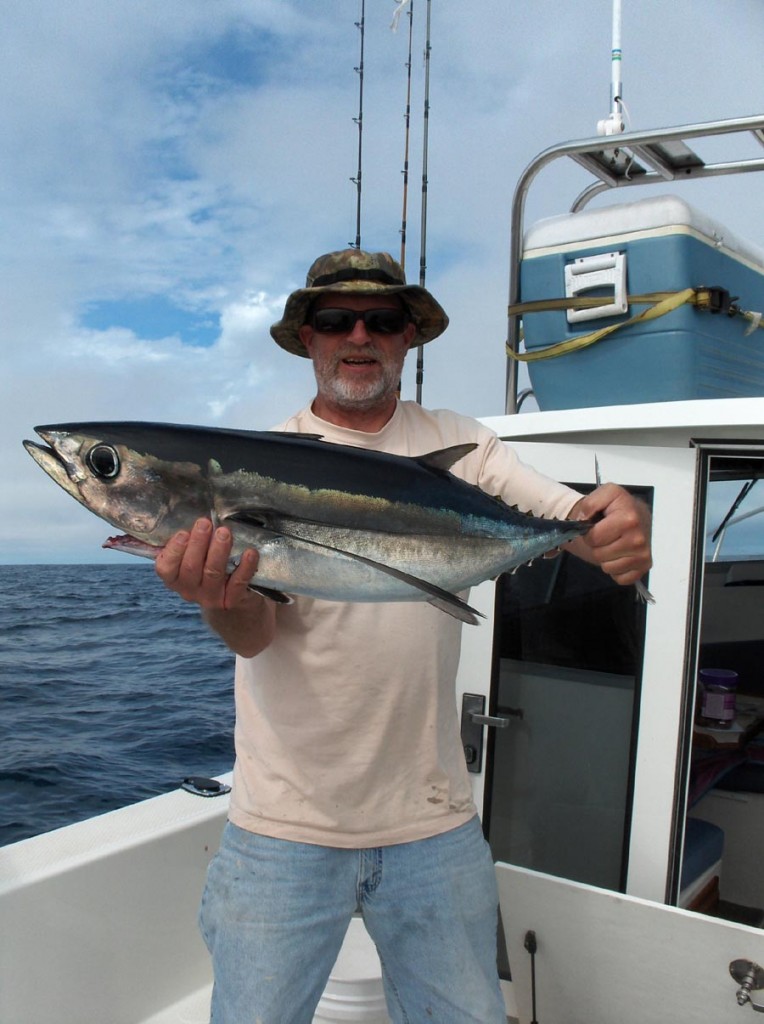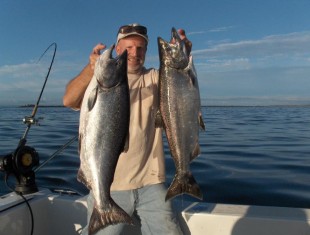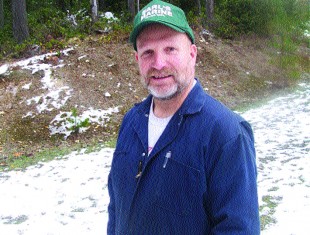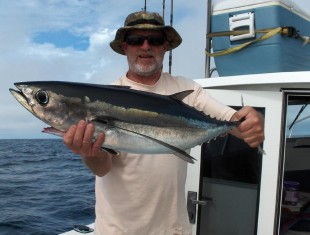EARL SANDE
By Earl Sande
My dad and mom bought their first 40 acres in 1960 near Tahuya for $1600. Forty bucks an acre was the going price for raw land back in those days. That put him immediately in the part time wholesale Christmas tree business and gave him something to do almost every Sunday of the year.
My sister Eileen and I were usually part of that action.
I think this also gave him a good excuse not to clean the garage or do much yard work, but more importantly it was a good mental release from the pressures of helping run Sande Boat Works along with my uncle and grandfather.
My dad bought another 40 acres in 1968 near Toonerville between Belfair and Dewatto. At the time I thought he was nuts for paying $24,000 for it. But it had been in Christmas tree production for years and was owned by long time Belfair business man Sam Theler, who died that year.
For the next three years, I spent most Sundays working in the trees with my dad. By my senior year in high school I had more important things to do like playing football, girls and drinking beer with my friends.
In the 1970s, my dad sold the first 40 acres and after the family sold Sande Boat Works in Belfair in 1975, he then went into the Christmas tree business fulltime and even had his own tree lot near Tacoma every December.
In the late 1990s, dad retired from the Christmas tree business and turned the 40 acres into timber production. Dad and his helper Pete spent several years cutting down hundreds of trees to make room for others to grow big and tall. It was now up to the remaining trees to do their own thing and just grow!
Mom and dad moved to Republic, WA. and then dad died in 2007 and the 40 was really on its own. In 2011 I decided the 40 had been on its own long enough. My goal was to make the 40 the best looking timber land around.
My first trip there to see what I was up against was a little overwhelming. The trees had grown tall and thick with the limbs stating about four feet off the ground and I couldn’t see more than 50 feet anywhere.
The first thing I wanted to know was exactly where the property lines were. The 5,000 acres that surrounds the 40 was owned by a Christmas tree company that let their trees grow into timber 20 some years ago. They had surveyed the lines in the year 2000 so they were easy to see. I knew eventually the telltale signs of the survey would disappear, so I drove a six-foot metal fence post into the ground every 100 feet around the entire property.
The next thing was to buy the best hand pruning saws and clippers. It didn’t take long to figure out that Stihl products were the best made for commercial use. I bought two hand saws that extend out 20 feet with 16 inch saw blades that snap on.
With my feet on the ground I could neatly cut the limbs off to about 27 feet high. I soon discovered that a good hard hat is a must for working in the woods against falling trees and limbs.
Five years into the project, I’ve cut the lower branches off about 8,000 trees. Many of them I have cut up to 27 feet.
The 40 looks a lot different now. Doing this kind of work has many benefits for a healthy forest. Ten years after removing the lower limbs, the trees grow over the cut off limbs making the first log sealed and is considered clear lumber for better quality and price.
This also helps for fire protection by keeping a slow-moving fire near the ground, saving more trees from death and destruction.
Removing the dead limbs also helps the trees fight insects and disease. Also more sunlight reaches the forest floor helping the brush grow, making food and habitat for deer and other animals.
And the dead branches on the ground slowly decay putting minerals back into the ground for forest health. Plus, it’s good exercise as long as a three-inch diameter limb doesn’t hit you from 25 feet up. I’ve gotten pretty good at this but a certain amount of danger always exists.
I consider myself an expert in forestry and have always believed that the more species of native trees and plants living on the land makes a healthier forest ecosystem. Every different species of tree and plant adds and removes something from the soil. The last ice age removed most of our top soil to south of Olympia and it takes thousands of years for nature to build it back up. Letting wood, leaves and nettles rot back into the ground is very important for building soil.
The Douglas-fir is the most common tree on the 40. They are not considered a true fir. True firs have seed cones that point up not down, but we all call them fir trees anyway and that’s OK with me. They can grow 300 feet tall and live for over one thousand years.
The second most common tree on the 40 is the western white pine. They grow large cones that mature in two years and the trees can be 175 feet tall. Some live to be hundreds of years old.
But the white pine blister rust disease keep killing these trees all over North America. This disease came from Asia to Europe 300 years ago and then from Europe to the Pacific Northwest in the late 1800s. By pruning my white pine up to 27 feet more trees are surviving because most of the wind-blown killer spores stay within 20 feet of the ground.
Western Hemlocks live in parts of the 40. They can grow to 200 feet tall on the coast. They can live to be 1,000 years old, but most die from insects and disease by the time they are 300 years old.
Cascara is very common on the 40, as is willow. There are some madrona and serviceberry. There is one very large serviceberry that puts out lots of berries for the birds and bears to eat in the fall.
And there are lots of our common plants like salal, red and blue huckleberry, rhododendron, kinnikinnick, ocean spray, honeysuckle, snowberry, vine maple, tall and low Oregon grape, wild rose, salmonberry, trailing blackberry, several lilies, including my favorite tiger lily, bear grass, fox glove, dandelion, fireweed, daisy, pearly everlasting, bracken fern, deer fern, sword fern and many more.
This has been a very fun project and I will probably continue to work on the 40 at least one day a week until the day I die.
I enjoy it that much!




